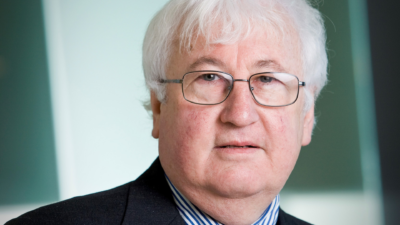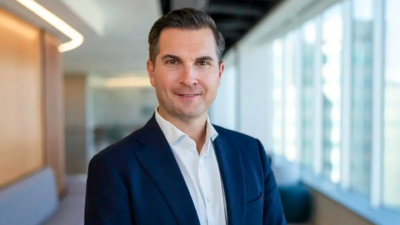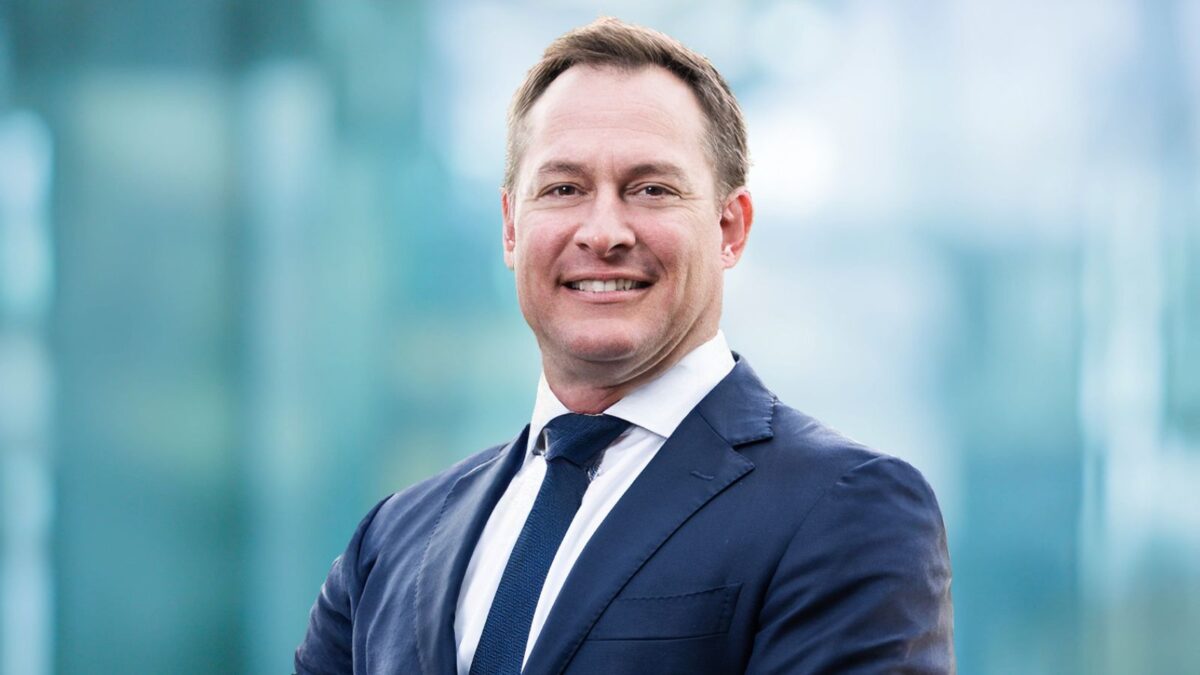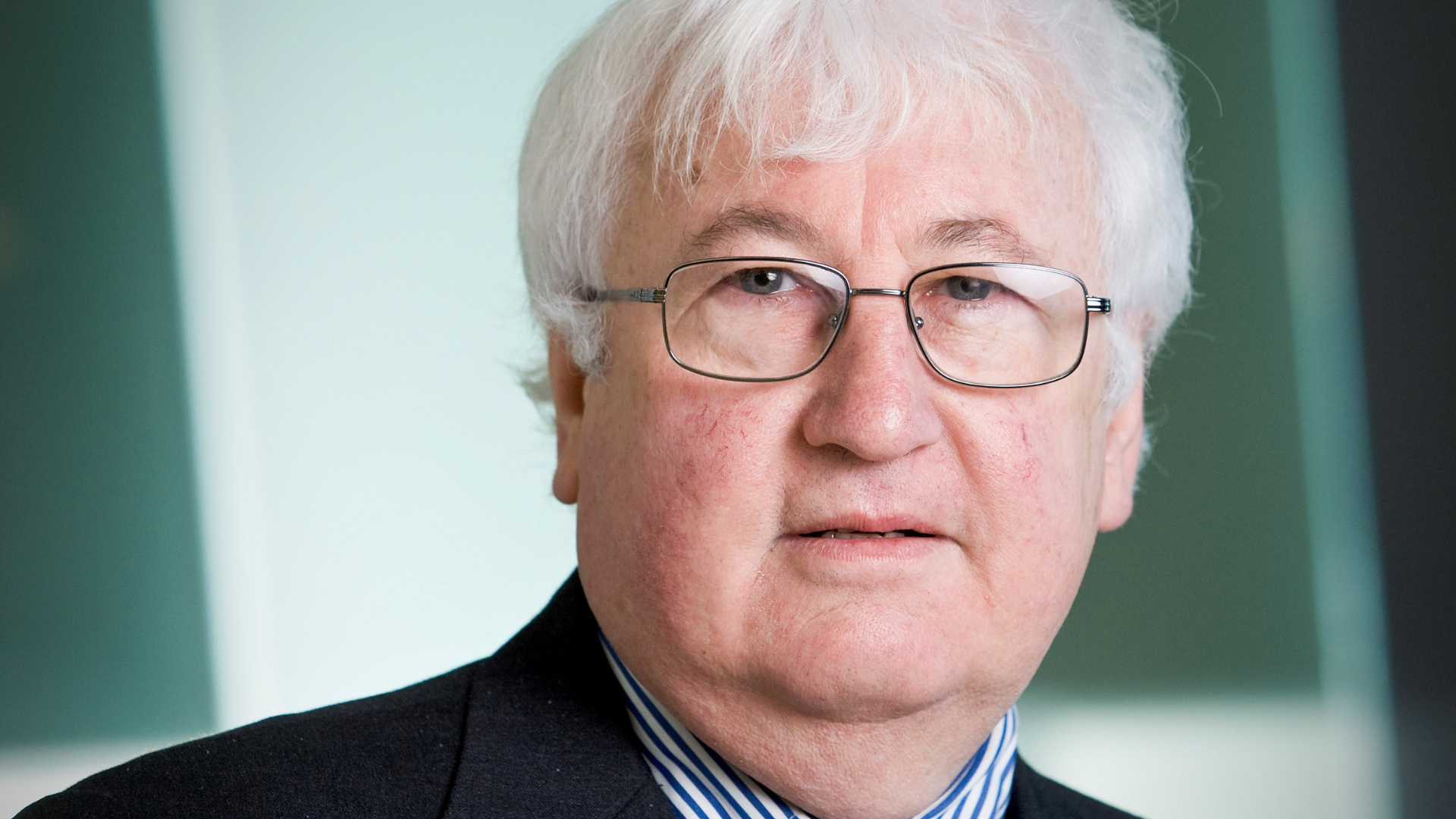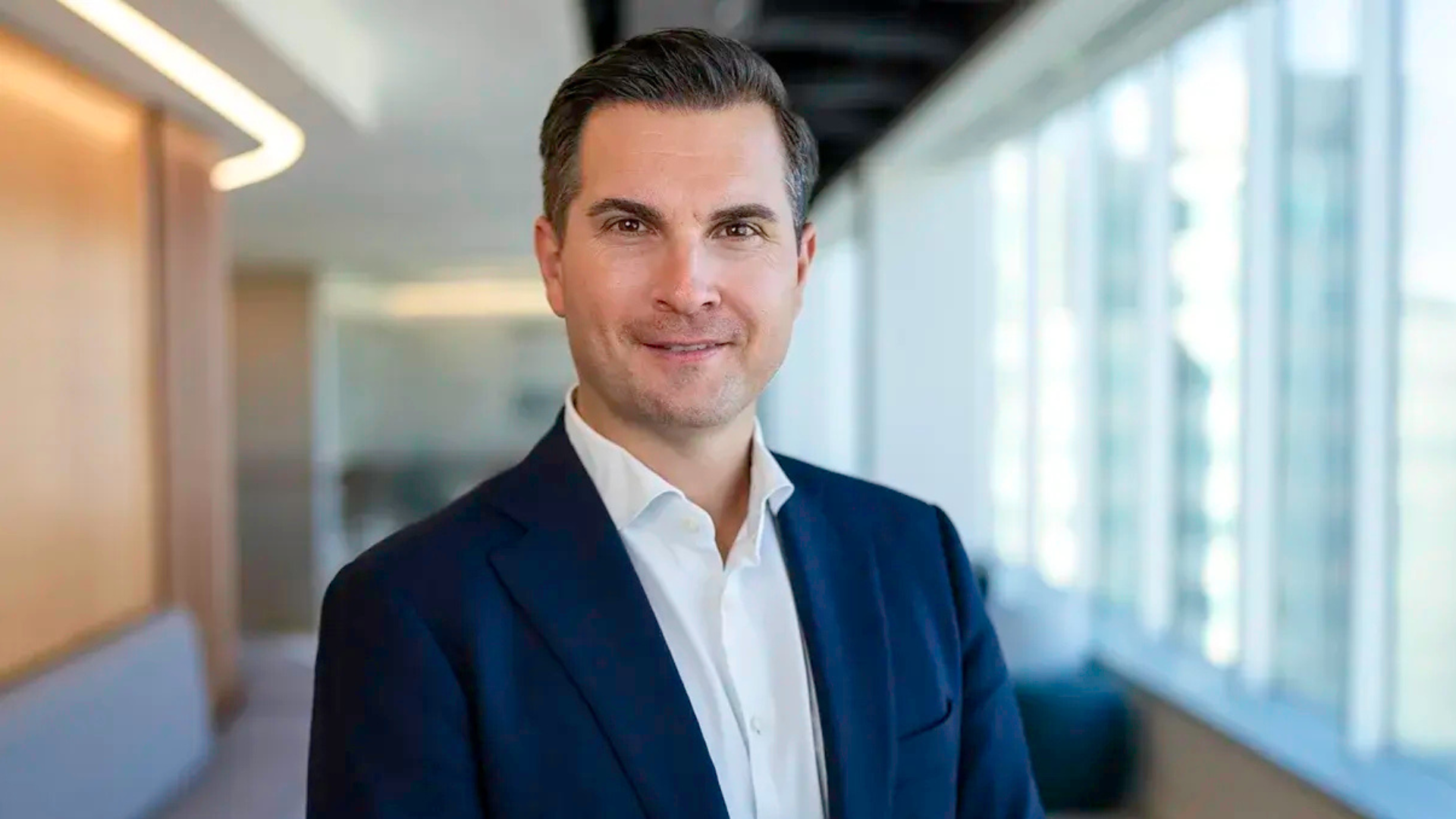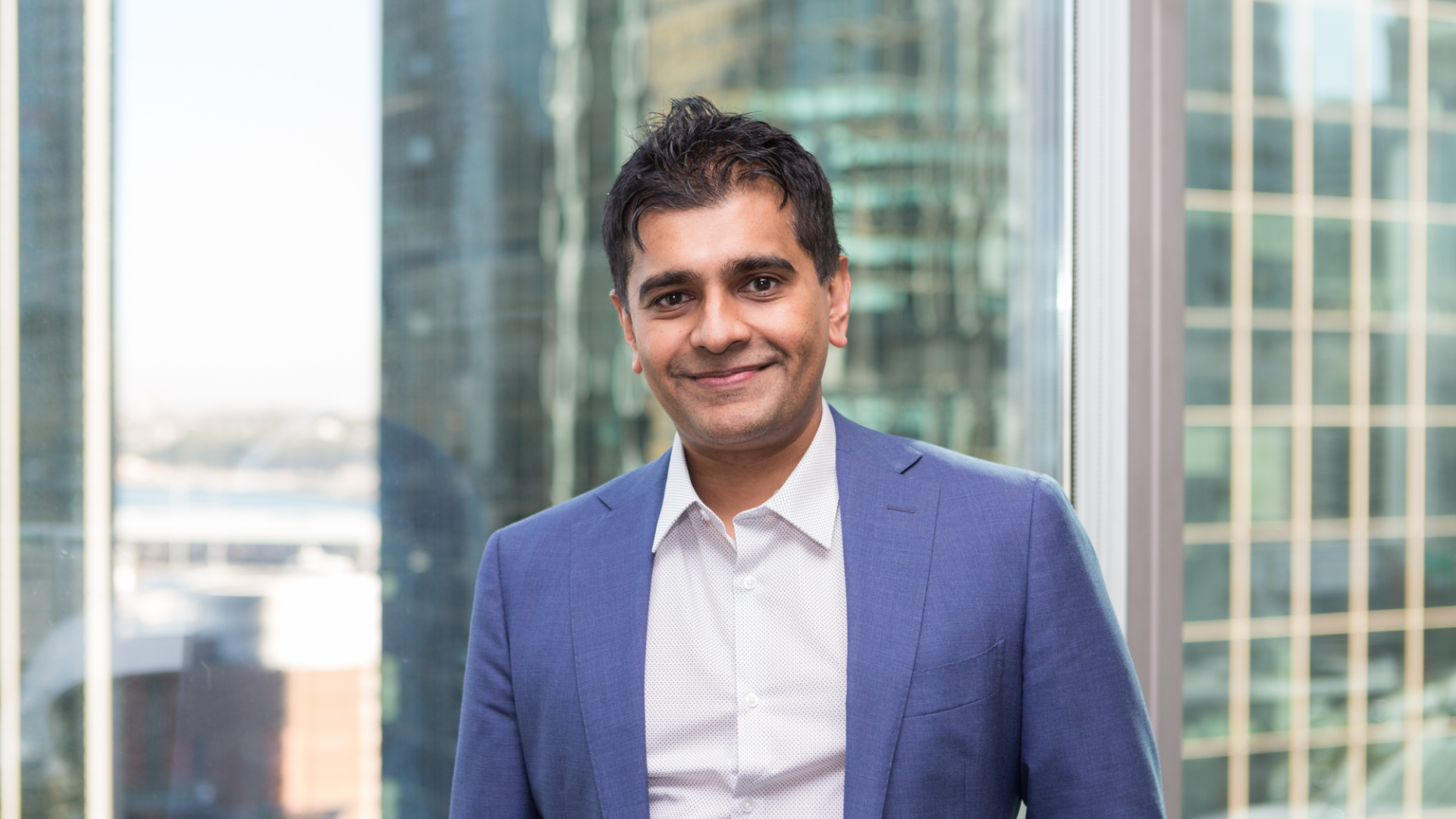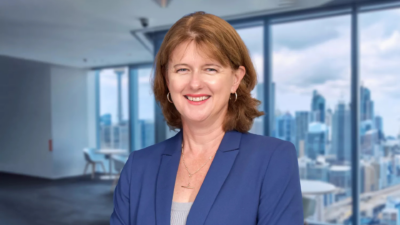Fidelity looks to niche assets, new clients for diversification
For years now, fund managers around the world have been under pressure to evolve or die.
Lackluster performance against benchmarks has raised question marks about whether active management is worth its price, while low cost passive vehicles are now taking the lion’s share of flows.
The shift has been particularly pronounced in Australia, where superannuation funds have in-housed massive chunks of FUM that previously would have been farmed out to external managers. Even big shops with a global presence are looking at ways to diversify their business.
For Fidelity’s antipodean outpost, that means opening up new markets, new client segments and new products: a fixed income fund that’s starting to gain traction, active ETF launches, and forays into niche asset classes. It’s got a strong heritage in Australian equities, but wants to be more successful in global and regional equities, as well as alternatives.
“What’s happening in the Australian business is very similar to what’s happening in our businesses ex-US,” Simon Glazier, managing director of Fidelity Australia, tells ISN. “The market has evolved so much; the challenge is to move with it.”
But where innovation has been lacking in the local funds management scene is in how it markets itself, Glazier says.
“Comparing Australia to other markets, particularly through Asia, there’s a big shift towards robo, direct and digital investment solution,” Glazier says. “Nobody has cracked that here; it’s still a very advice-led, platform-led, institutional-led market. We have this discussion quite often, particularly in the APAC region, where it’s a very bank-led, distributor-led model in Hong Kong, Singapore and South East Asia. They’re making sure digital is a part of their strategies.”
The counter-argument to a perceived lack of innovation down under is “what we’re seeing in private markets”, Glazier says, which have been through explosive growth over the last few years.
“Whether or not that has been a demand pull or a supply push from investors – probably a little bit of both – that’s been some decent innovation. But the liquidity challenges are yet to be worked through… (And) there’s a level of exuberance around it at the moment. It’s got to come back to your core capabilities. And if it’s a bolt-on, is it a focus? Like anything, you succeed because you’ve got focus.”
“I think it’s pretty tough if you’re a newcomer now, not an established provider with a long-term strong track record. To win from this point out is going to be a lot harder than winning from 10 years ago. It’s highly competitive, and there’s lots of news about assets being bid up by private equity businesses. Is that a good thing? It depends on your timeframe and your ability to create value through your holding period and whether you can time your exit right.”
But what’s had the biggest impact on the local funds management scene is the Your Future, Your Super performance test; it’s changed the way institutional clients invest, and for the last few years big houses have been in an arms race to create benchmark-aware solutions with the lowest price tag possible. Now it’s about adding value in more niche areas, like the European impact real estate fund Rest handed out a mandate for in 2024.
“That race to the bottom on benchmark-aware – we could play, but we don’t currently,” Glazier says. “There will always be rotation, but is it a bit of a ‘me-too’ strategy? What differentiates three or four strategies if you’re all trying to stay within the same lane?
“If I look at our (Fidelity Management and Research) business in the United States, it has significant assets under management; they’ve got solutions that build in 30+ years of insights at the company level, combined with quantitative risk management overlays. We do that for ex-US as well. There’s value there. How do we deliver that at a price point that’s attractive to Aussie instos? The perception of value right now is on price, but I don’t know if that’s where it finishes.”
When funds began to insource, their external managers were the ones that helped them do it, helping them build out the systems and processes they needed to do aspects of a job they’d rarely had to consider before.
“What do they need to have for their trading capability, how do I engage with global markets, what markets can they or can’t they engage with? That educational process was a point of differentiation when insourcing was a trend.
“Now it’s insights, speed of information, what can you bring the party outside of what you’re delivering in solutions? It might be along the lines of sustainability or ESG insights, it might be engagement. Nothing comes for free, so you’ve got to find your way in terms of how that partnership will work.”

